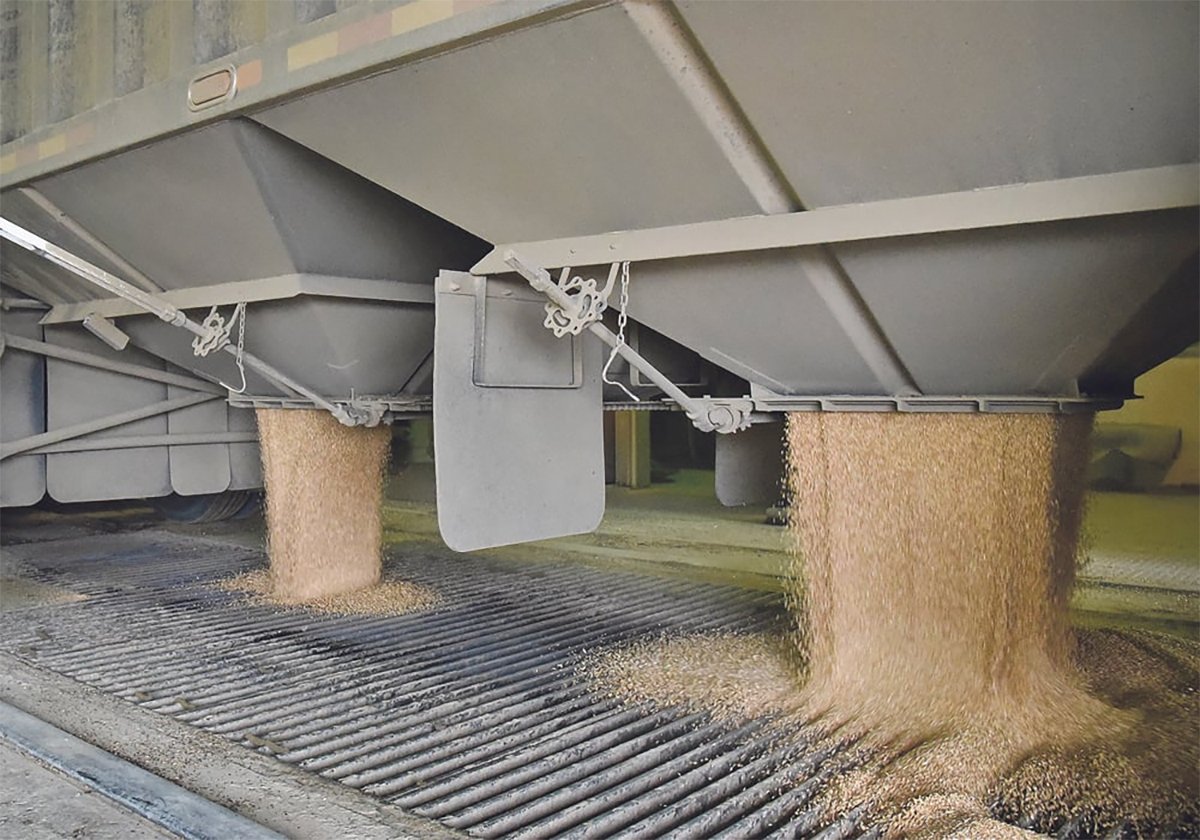In the financial advice biz, there’s an important rule known as KYC.
No, that’s not a misspelling of Kentucky Fried Chicken, which is now just KFC. Since the 1990s. (A whole generation of kids doesn’t know what KFC used to stand for, other than greasy chicken).
It’s Know Your Client. What that means is you need to know the risk tolerance, expectations and sophistication of your clients. That way you can match your investing recommendations to what they need and what they can understand. If you get it wrong, you can expose them to dangers they didn’t realize you were exposing them too. If you get it wrong, your client can end up far out of where they expected to end up. And you can get your pantaloons sued-off.
Read Also

Worrisome drop in grain prices
Prices had been softening for most of the previous month, but heading into the Labour Day long weekend, the price drops were startling.
For farmers, there isn’t the same risk with buyers, because buyers are in the driver’s seat both in terms of market knowledge and power. But it’s important this year more than any recently to Know Your Buyer. With crops in a such a mixed and varied state, farmers are going to need to match buyers’ needs with what they have in the bin in order to get the most out of the crop.
As advisors were pointing out to me this morning, every buyer has different needs, different tolerances, different requirements. Even different likes and dislikes. Just because a buyer tends to have low number one prices for something like canola doesn’t mean they should be ignored if you’re looking for a home for number two. They may have a better use – and be willing to offer a lower discount – for number two qualities of crops than buyers who pay higher prices for top quality stuff.
Maxxing the value of lower grades is going to be key to a farmer’s marketing success this fall and winter, and doing that will require a farmer to work the phones and the computer keyboard to find the best homes for his various grades and crops. But with most farm profits being made on small marginal differences in price, that extra marketing work may be this year’s difference between profit and loss.















